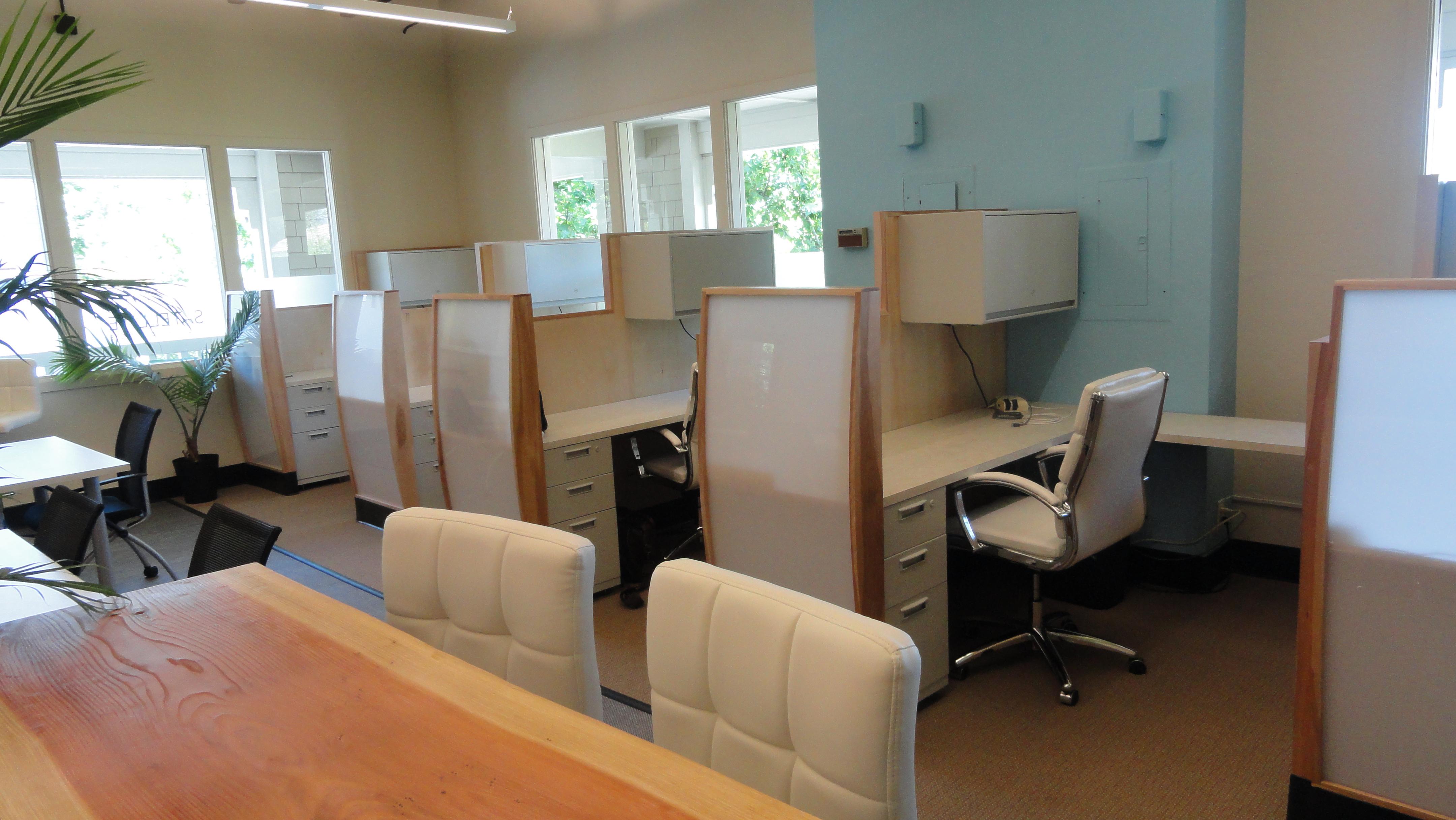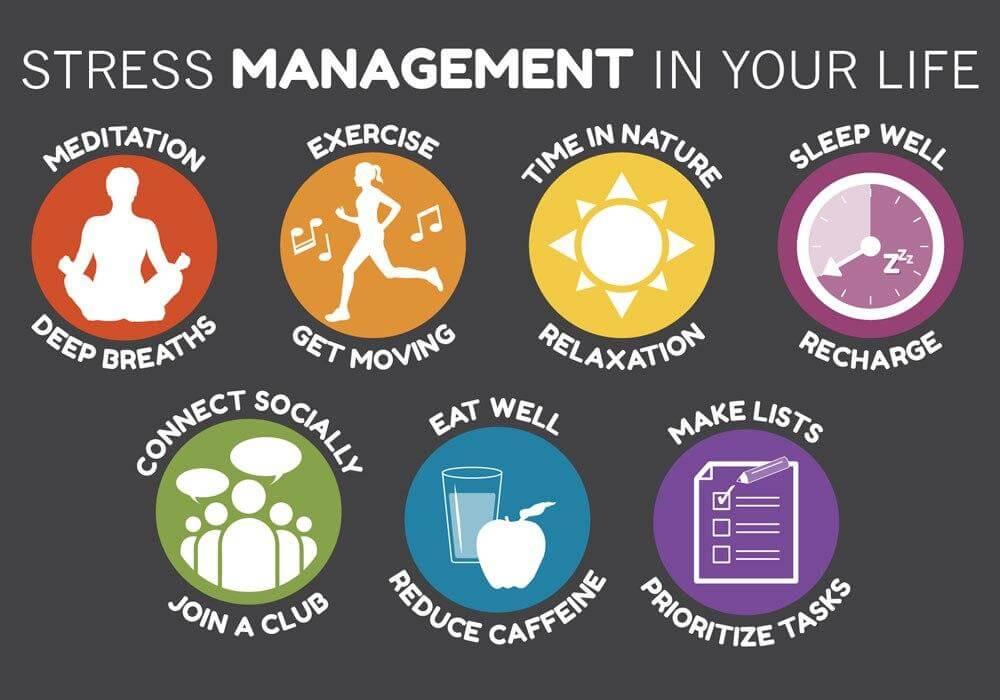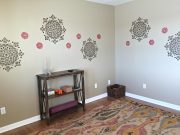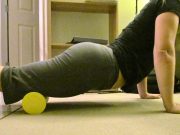In today’s fast-paced world, many of us find ourselves spending long hours at desks, glued to computer screens, and navigating the demands of a sedentary job. While these roles are essential and often fulfilling, they can pose significant challenges to maintaining physical fitness and overall well-being. It’s easy to feel overwhelmed by the constraints of time and space, leading to a sense of helplessness when it comes to staying active. However, incorporating simple yet effective strategies into your daily routine can make a significant difference. This article aims to guide you through practical steps and thoughtful adjustments that can help you stay fit and energized, even within the confines of a sedentary work environment. Let’s explore how small changes can lead to big improvements in your health and vitality, all while understanding the unique challenges you face.
Incorporating Movement into Your Daily Routine
Finding ways to incorporate movement into your daily routine, especially when you have a sedentary job, can be a game-changer for your health and well-being. Here are some practical and effective strategies to help you stay active:
- Desk Exercises: Simple movements like seated leg lifts, desk push-ups, or shoulder shrugs can be done discreetly at your workstation.
- Active Breaks: Set a timer to remind yourself to stand up and stretch every hour. Take a brisk walk around your office or do a quick set of jumping jacks.
- Walking Meetings: Whenever possible, suggest walking meetings instead of sitting in a conference room. This not only boosts physical activity but also creativity and engagement.
- Stairs Over Elevators: Opt for the stairs instead of the elevator whenever you can. This simple swap can significantly contribute to your daily step count.
Consider setting up a schedule that integrates movement into your workday. Here’s a sample plan:
| Time | Activity |
|---|---|
| 9:00 AM | Start your day with a quick stretch session. |
| 10:30 AM | Take a 5-minute walk around the office. |
| 12:00 PM | Lunch break walk or light workout. |
| 2:30 PM | Do some desk exercises or stretches. |
| 4:00 PM | Another 5-minute walk or stair climb. |
Remember, every bit of movement counts, and consistency is key. By making small changes to your routine, you can combat the effects of a sedentary lifestyle and promote a healthier, more active life.

Optimizing Your Workspace for Better Health
Creating a healthier workspace doesn’t require a complete overhaul, but a few strategic changes can make a significant impact. Ergonomics is a key aspect to consider. Ensure your chair supports your lower back and that your computer screen is at eye level to reduce neck strain. A sit-stand desk can be a game-changer, allowing you to alternate between sitting and standing throughout the day.
- Lighting: Use natural light when possible, and position your desk near a window to reduce eye strain.
- Plants: Incorporate plants to improve air quality and boost your mood.
- Temperature: Keep your workspace at a comfortable temperature to maintain focus and productivity.
| Workspace Element | Health Benefit |
|---|---|
| Adjustable Chair | Reduces back pain |
| Standing Desk | Improves circulation |
| Blue Light Filter | Prevents eye strain |
Incorporating microbreaks can also enhance your well-being. Set a timer to remind yourself to stand up, stretch, or walk around every hour. These small breaks can help prevent the physical and mental fatigue that often accompanies long hours at a desk. Personalizing your space with items that bring joy can also create a more pleasant and inviting environment, contributing to a better mental state.

Mindful Nutrition Choices to Boost Energy
Incorporating mindful nutrition into your daily routine can be a game-changer when it comes to maintaining energy levels, especially when you spend long hours at a desk. The key is to focus on nutrient-dense foods that provide sustained energy without causing crashes. Here are some choices to consider:
- Complex Carbohydrates: Opt for whole grains like quinoa, brown rice, and oats. These foods provide a steady release of glucose, keeping your energy levels stable throughout the day.
- Lean Proteins: Incorporate sources like chicken, fish, beans, and tofu to help repair tissues and maintain muscle mass, which can be especially beneficial if your job is sedentary.
- Healthy Fats: Avocados, nuts, and olive oil are excellent sources of fats that can improve brain function and keep you feeling full longer.
Consider planning your meals and snacks around the following simple yet powerful food combinations:
| Meal/Snack | Components |
|---|---|
| Breakfast | Oatmeal with nuts and berries |
| Lunch | Grilled chicken salad with olive oil dressing |
| Snack | Hummus with carrot sticks |
| Dinner | Baked salmon with quinoa and steamed broccoli |
By making these thoughtful choices, you can enhance your energy levels and overall well-being, even while sitting at your desk for extended periods. Remember, small changes can make a significant difference!

Effective Stress Management Techniques for Office Workers
In today’s fast-paced work environment, managing stress effectively is crucial for maintaining both mental and physical health. Here are some practical techniques that can help office workers navigate daily pressures with ease:
- Mindful Breaks: Incorporate short, mindful breaks into your routine. Step away from your desk every hour, even if it’s just for a few minutes. Use this time to stretch, take deep breaths, or simply focus on your surroundings to reset your mind.
- Prioritize Tasks: Start your day by listing tasks in order of importance. Tackling high-priority tasks first can prevent last-minute rushes and reduce stress levels. Consider using digital tools like Trello or Asana to organize and track your tasks efficiently.
- Physical Activity: Integrate simple exercises into your day. For example, try desk stretches or a brisk walk during lunch. Regular movement not only reduces stress but also boosts energy levels.
| Activity | Duration | Benefit |
|---|---|---|
| Desk Stretches | 5 mins | Relieves muscle tension |
| Mindful Breathing | 3 mins | Calms the mind |
| Walking Break | 10 mins | Boosts energy |







































